Early Spring Tips byDoug Wagner Sr and Jr

Light raking of the yard to eliminate dead grass and matted patches of grass that are stuck together. This helps aerate and wakes up the grass to start to initiate growth and it will help control thatch buildup while also controlling disease such as snow mold.
Light fertilizing is usually recommended more so in the spring, especially early, a slow release is an excellent choice. Too much fertilizer to early could lead to diseases and weed problems. Let the grass wake up and get some growth going before getting crazy with it.
Applying pre-emergent crabgrass control is a good idea at this time of year. Timing is the key to this. In our region of Iowa, the best rule of thumb is to apply it around the same time the forsythia bushes are blooming and before the crab apple trees bloom. An average time of the year would be around May 1st.
The next thing to do would be to check out your landscaping beds. If wood mulch is used check to see if mulch has thawed out. Lightly rake and uncover perennials and flowers that may be trying to get through. Same goes with rock mulched beds, get rock away from plants to give room for new growth. Apply a pre-emergent herbicide like preen to all landscape beds to help control and stop future weed growth. Do this again and again every 2 months after the first application for the remainder of the year until the ground freezes.
Trimming and pruning back shrubs at this time helps to rejuvenate them, as well as clearing away any dead or old debris or growth. All shrubs that bloom on their new wood can be done at this time, which includes most summer flowering bushes. Shrubs that bloom in early to late spring should be left alone and trimmed after they are done blooming/flowering because these are plants that flower on their old wood.
One of the next things you can do is to check deciduous and coniferous trees for winter damage. If branches have been damaged or broke over the winter months, then properly trim and remove them to prevent future diseases and un-necessary issues.
Planting and transplanting of new trees and shrubs can start as soon as the frost comes out of the ground. Make sure all plant material is still dormant, if not frost can damage newly planted material. Planting perennials, annuals, and vegetables should not be done until the last frost date has passed. A good rule of thumb for this date is Mother’s Day.
Some winters, some more than others, cause a lot of winter damage on evergreens in particular. You can tell if they are damaged by inspecting the foliage. If the foliage is brown and looks dead, then this is winter burn. This happens because of the combination of many factors including desiccating winds, extended cold temperatures, fluctuating temperatures, and the past dry conditions that have prevailed over Iowa the last couple of years. There’s really not a whole lot you can do about it besides for deep root watering the previous fall and covering the evergreens with burlap in the winter to protect them. In the spring when you notice the winter burn you can also fertilize the burnt specimens and this helps a lot as well. The dead needles should eventually fall off and new growth should appear. This will make things look a lot better by June. However, if the spring is dry periodically water the specimens to encourage and help along new growth and to speed up the recovery process. Wildlife damage is also a factor in the tristate area when it’s extremely cold or we have lots of snow cover. There’s really not a whole lot you can do about this either besides be patient and let the growing season come. The solutions mentioned above for winter burn will help this issue as well. In early summer, trim out any and all dead areas that did not come back and don’t look fully rejuvenated.



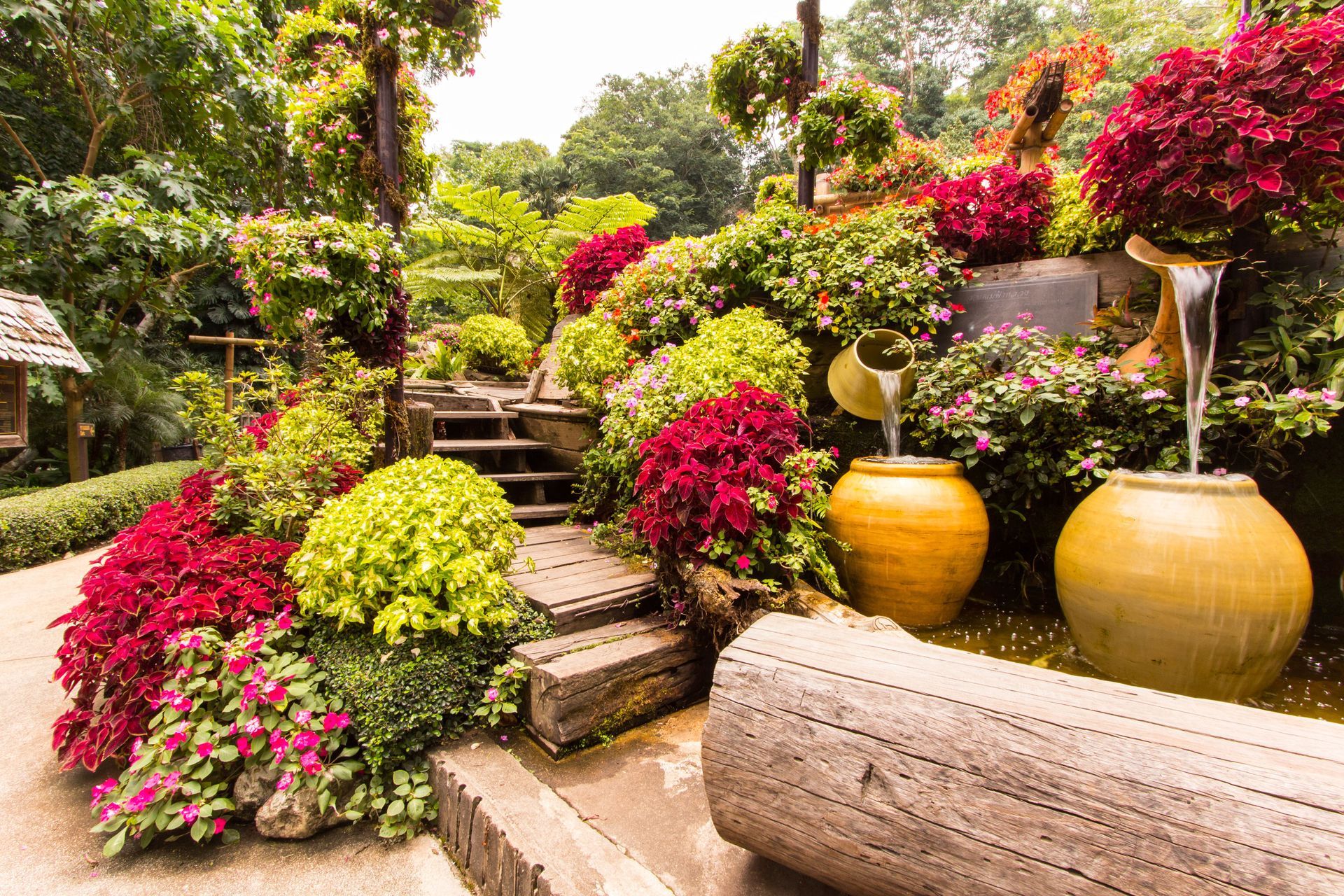

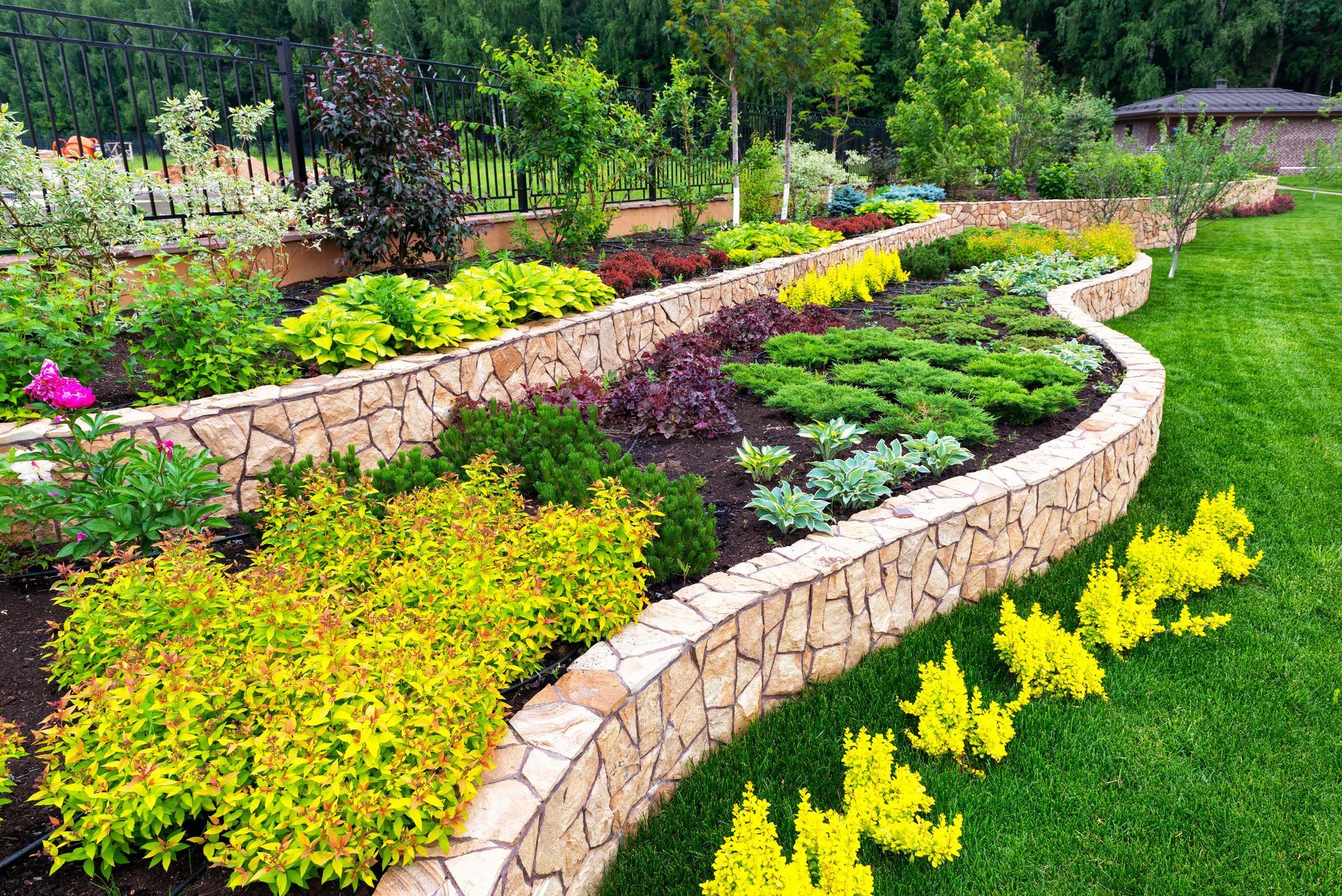
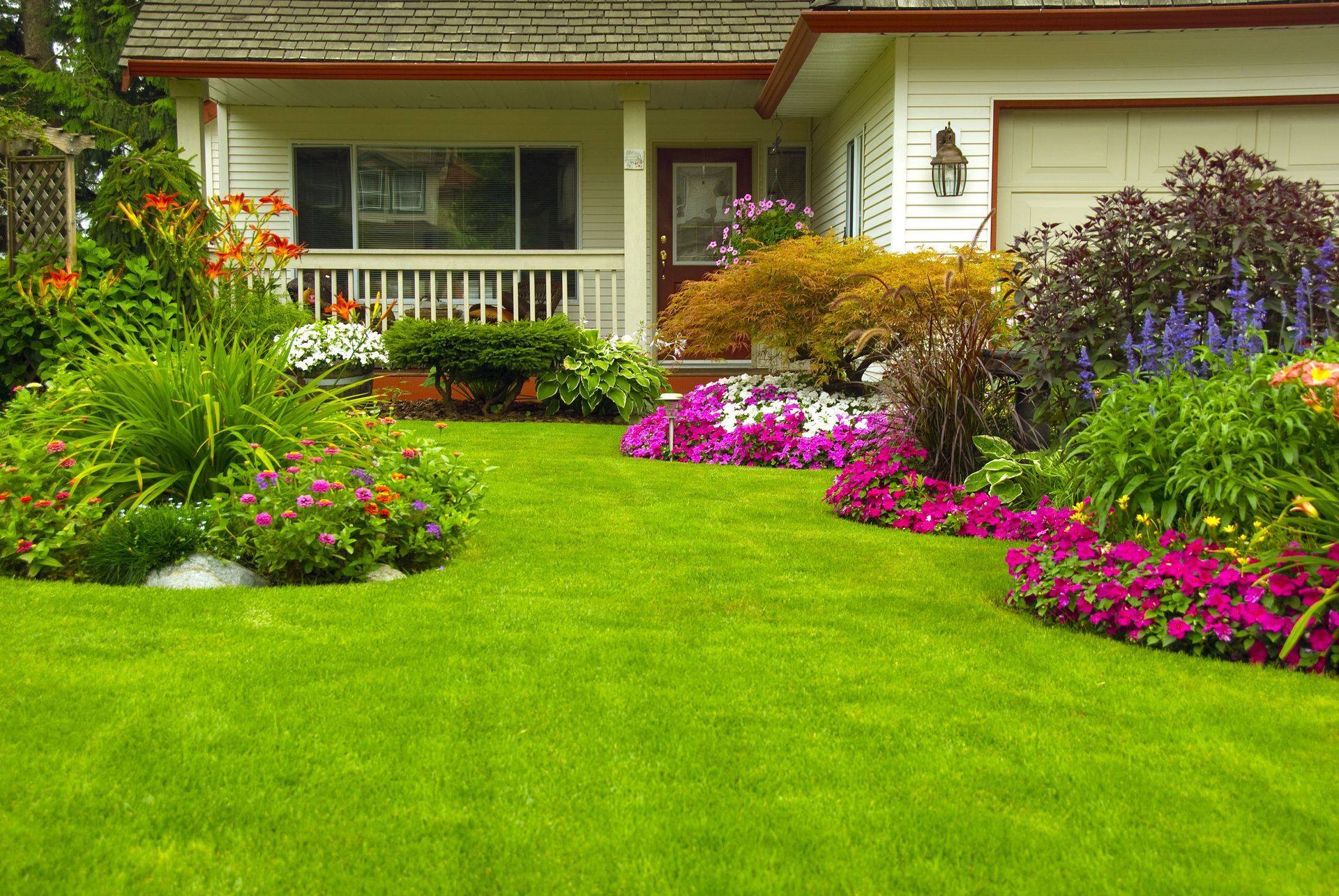
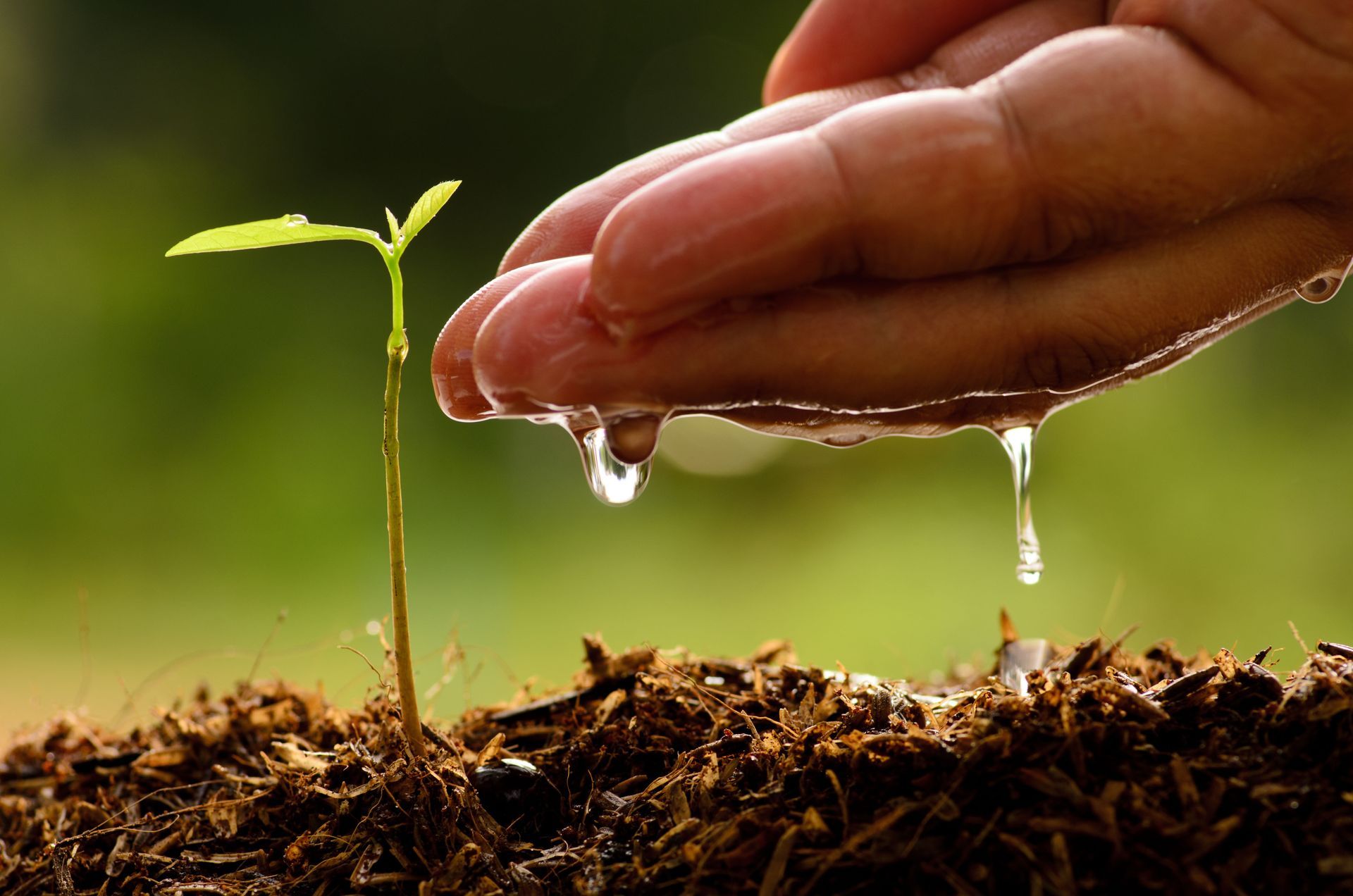
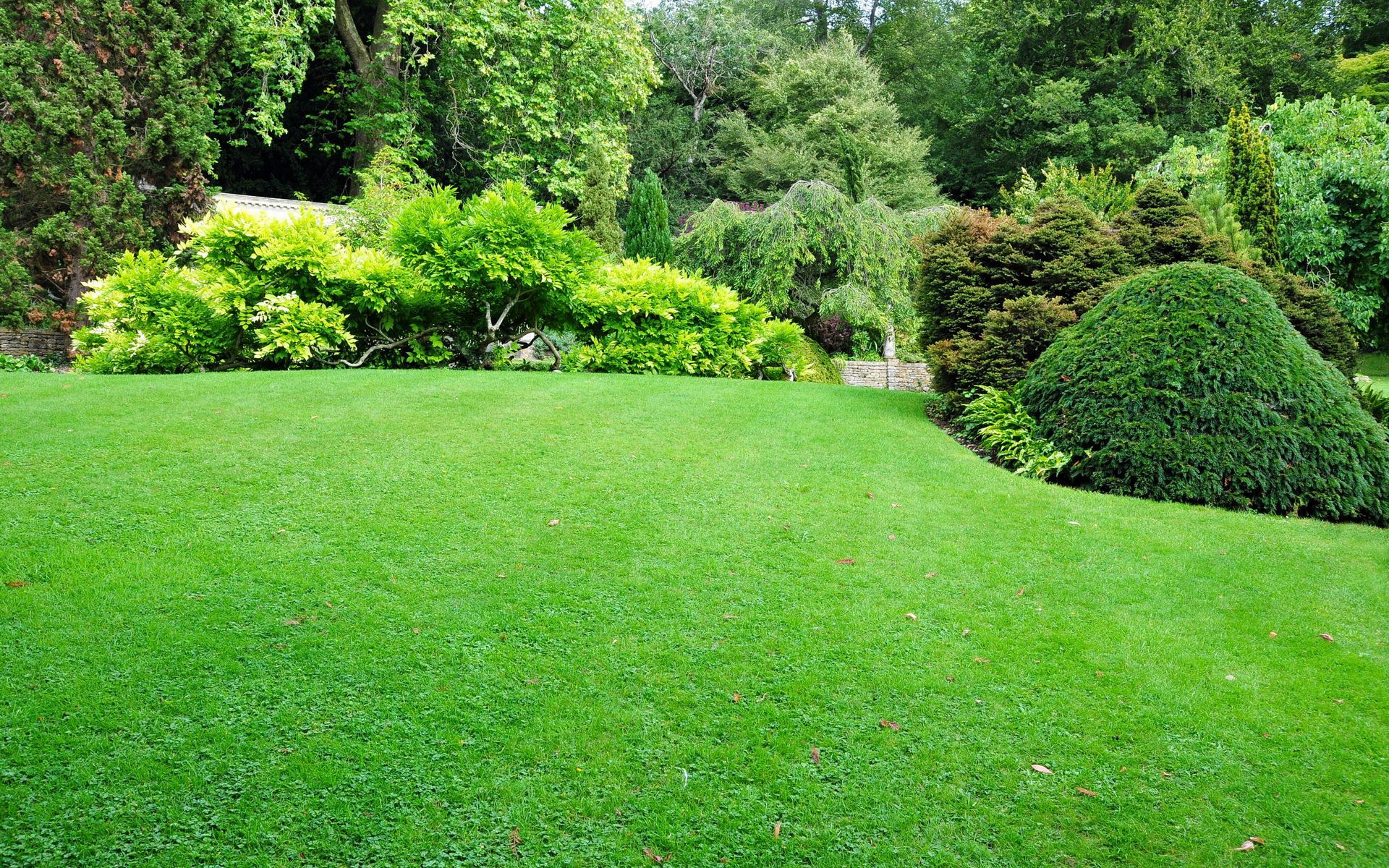
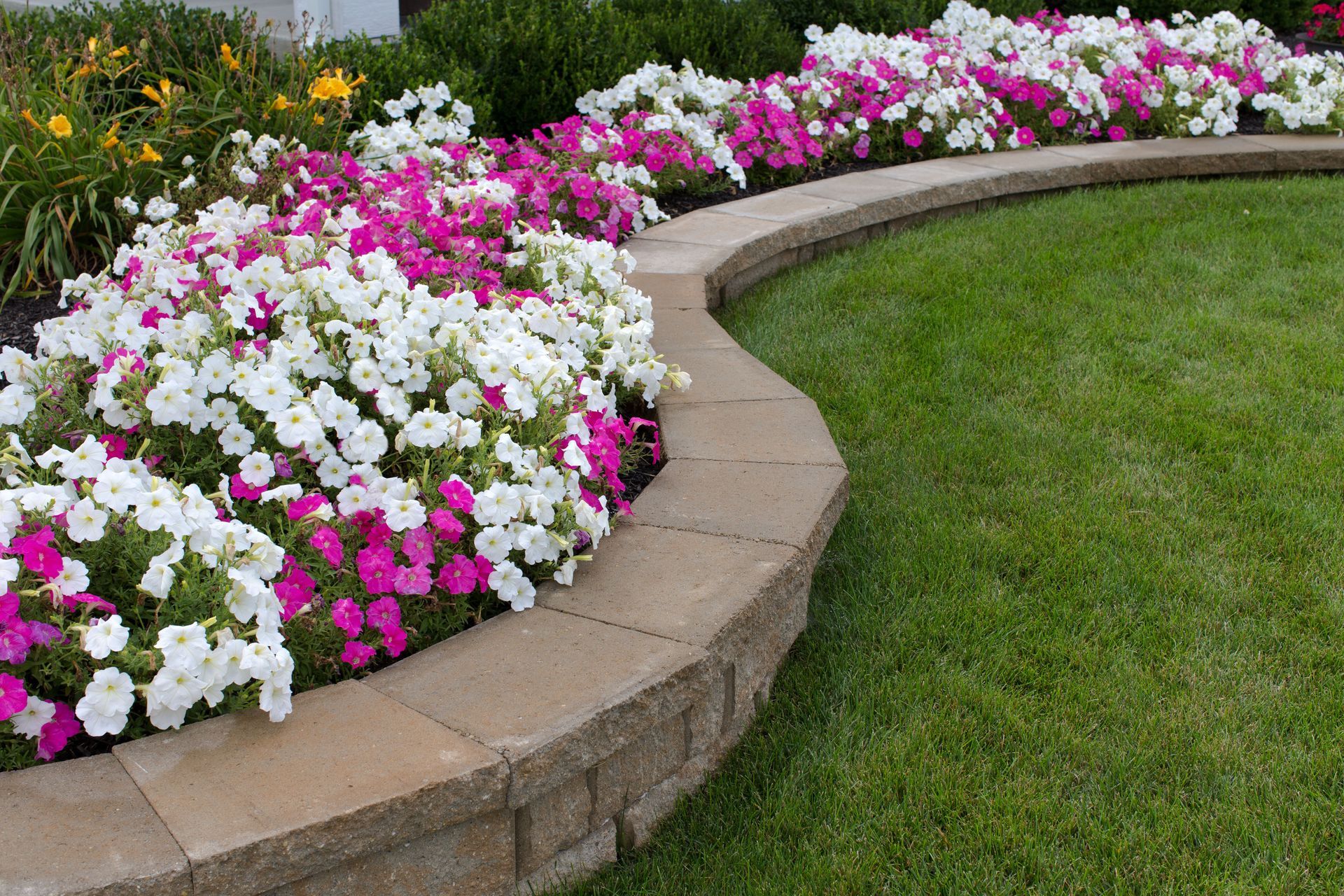
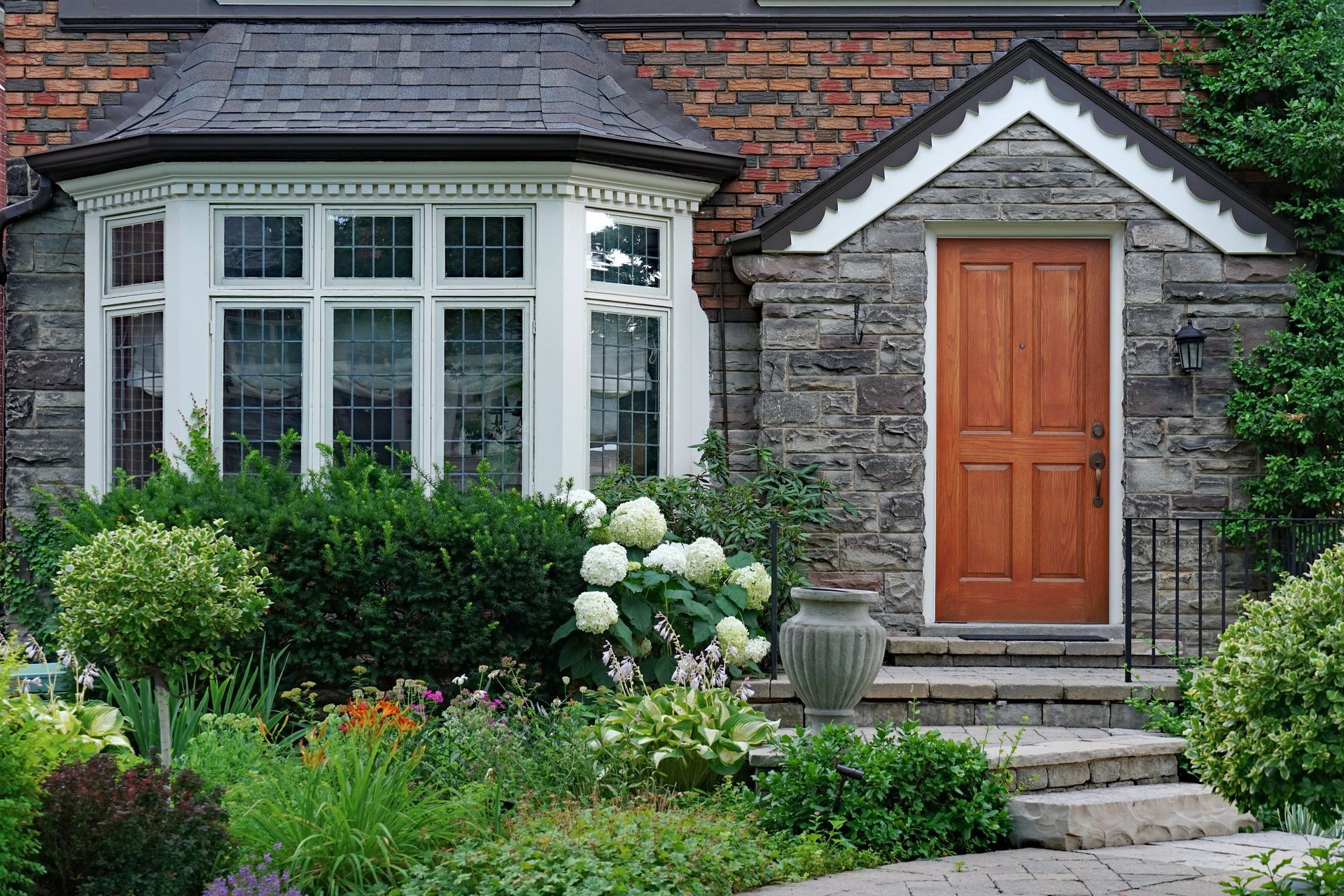
Share On: